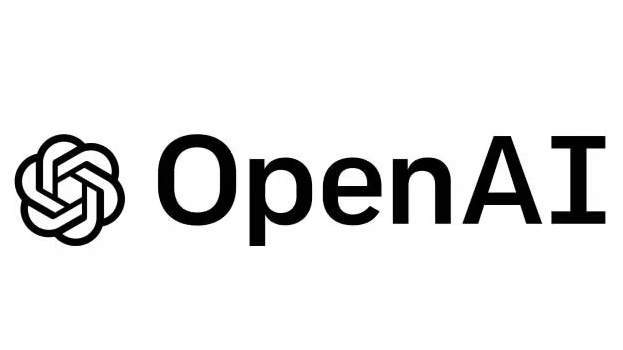Broadcom Inc., a global leader in semiconductor and infrastructure software solutions, has unveiled an expansion of its optical components portfolio, specifically targeting the demanding requirements of modern data centers, particularly those powering artificial intelligence and machine learning workloads. This strategic move comes at a time when the demand for higher bandwidth, lower latency, and more power-efficient interconnects is surging, driven by the exponential growth in data traffic and complex AI model computations. Despite recent market volatility affecting its stock performance, Broadcom is doubling down on its optical technology investments, signaling confidence in the long-term growth trajectory of this critical market segment.
The newly announced solutions underscore Broadcom’s commitment to pushing the boundaries of optical interconnect technology. The portfolio expansion likely includes advancements in several key areas, such as higher-speed optical transceivers – potentially moving towards 1.6 Terabits per second (Tbps) and beyond – designed to significantly increase data throughput within and between data centers. Furthermore, enhancements in co-packaged optics (CPO), where optical connectivity is integrated more closely with switching silicon, are expected. CPO promises substantial improvements in power efficiency and signal integrity compared to traditional pluggable modules, a crucial factor in managing the operational costs and thermal challenges of large-scale AI infrastructure. Advancements in silicon photonics, a technology that integrates photonic functions onto silicon chips, are also central to Broadcom’s strategy, enabling higher integration density and cost-effective manufacturing.
These advanced optical solutions are engineered to address the unique connectivity bottlenecks encountered in AI/ML clusters. Training large AI models requires massive amounts of data to be moved rapidly between thousands of processors (GPUs or specialized AI accelerators). Traditional electrical interconnects face limitations in terms of reach, bandwidth density, and power consumption at these scales. Optical interconnects, using light to transmit data over fiber optic cables, overcome many of these challenges, enabling faster communication over longer distances with significantly lower power usage per bit. Broadcom’s expanded portfolio aims to provide the essential building blocks – transceivers, CPO modules, optical switches, and related components – needed to construct these high-performance AI fabrics.
This strategic focus on optical solutions aligns perfectly with Broadcom’s broader business objectives. The company seeks to maintain its leadership position in the high-speed networking and data center markets. By providing cutting-edge optical components, Broadcom directly addresses the infrastructure needs fueled by the AI boom, positioning itself as a key enabler for cloud service providers, hyperscalers, and large enterprises building out their AI capabilities. This expansion is not merely about introducing new products; it represents a deepening of Broadcom’s investment in research and development to stay ahead of competitors and capture a significant share of the rapidly growing market for data center optics.
The introduction of these advanced optical technologies is poised to have a ripple effect across the electronics industry. It intensifies competition among component suppliers, driving further innovation and potentially influencing pricing dynamics. For data center architects and operators, these solutions offer pathways to build more powerful, efficient, and scalable infrastructure capable of supporting next-generation AI applications. The move towards higher speeds like 1.6T and the adoption of CPO could fundamentally reshape data center network design principles. Ultimately, the availability of more sophisticated optical interconnects accelerates the development and deployment of more capable AI systems, impacting various sectors that rely on machine learning and big data analytics.
In conclusion, Broadcom’s unveiling of its expanded optical solutions portfolio highlights the critical role of advanced interconnect technology in the current era of artificial intelligence. Despite broader market pressures, the company is making strategic investments to capitalize on the immense demand for high-bandwidth, low-power connectivity in data centers. These advancements in transceivers, co-packaged optics, and silicon photonics are set to be pivotal in enabling the next wave of AI infrastructure development, solidifying Broadcom’s position as a crucial player in the underlying hardware ecosystem powering the AI revolution.
Source: Simply Wall St

